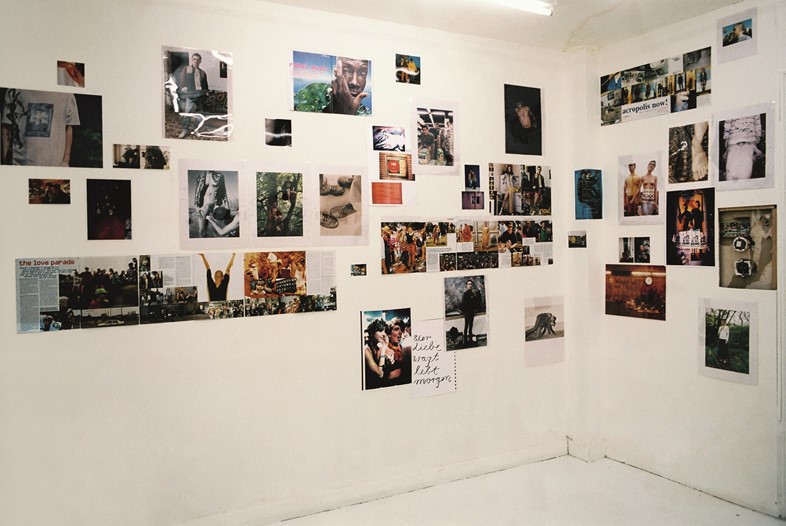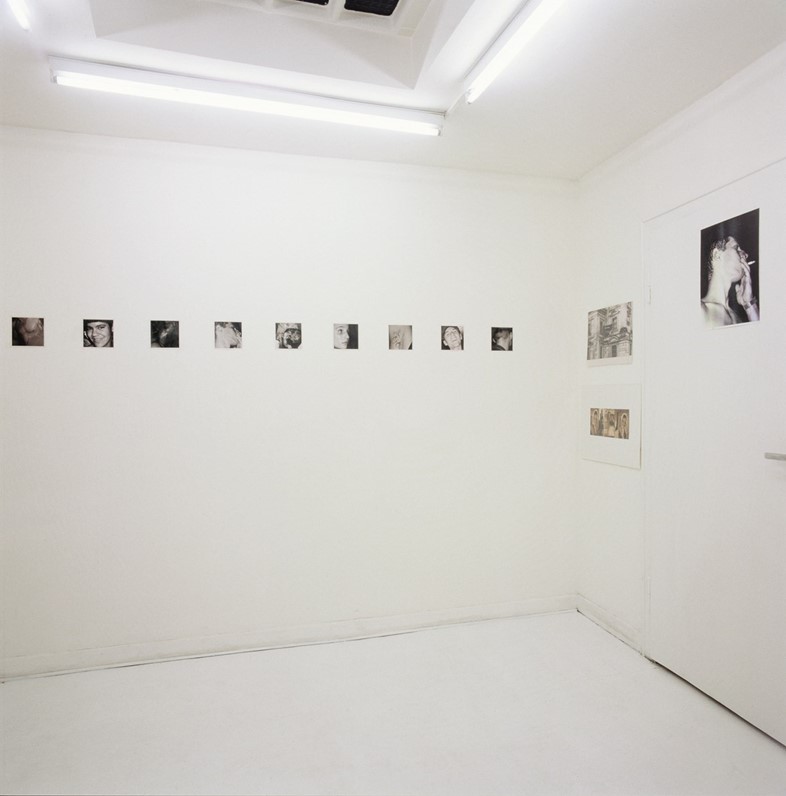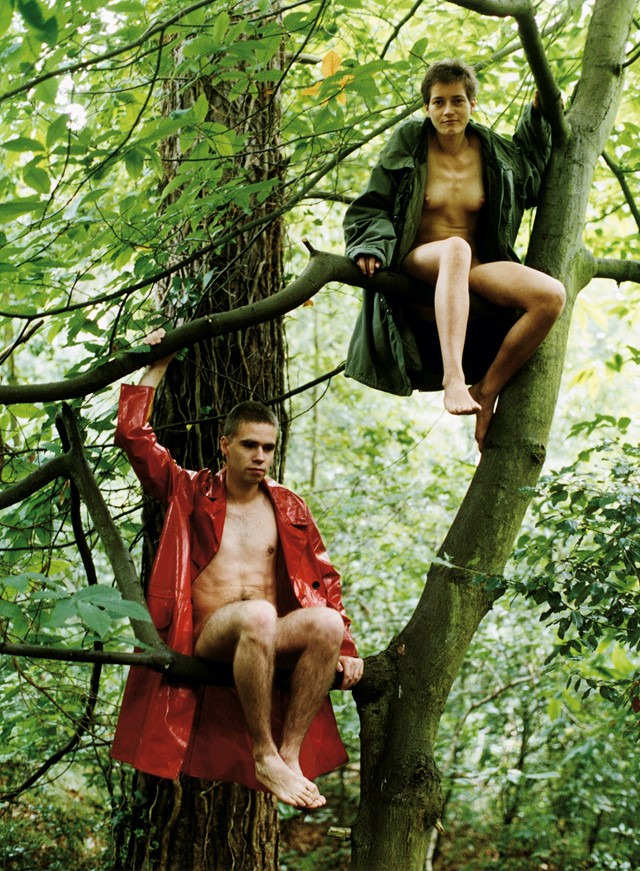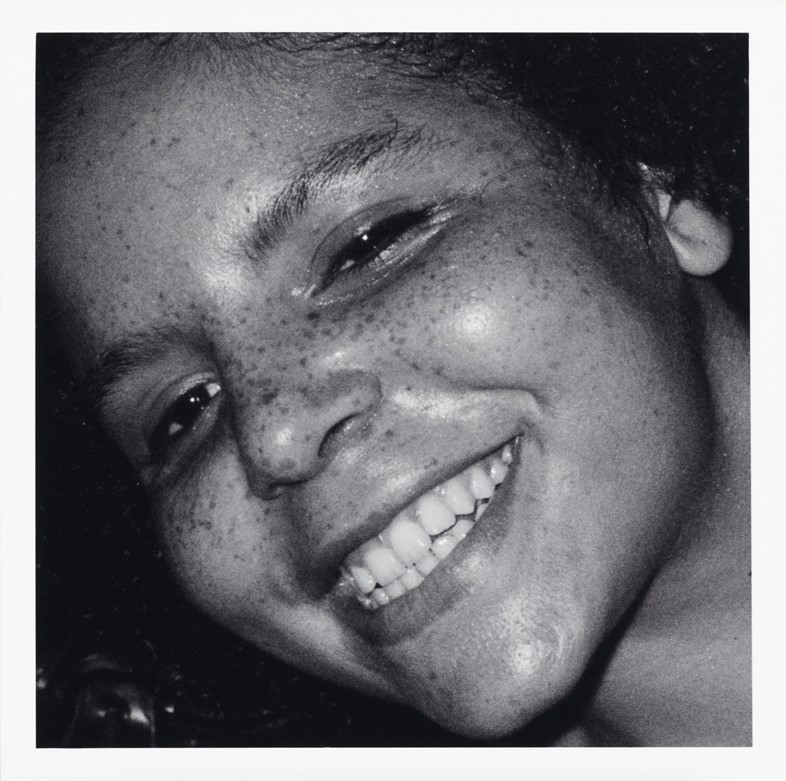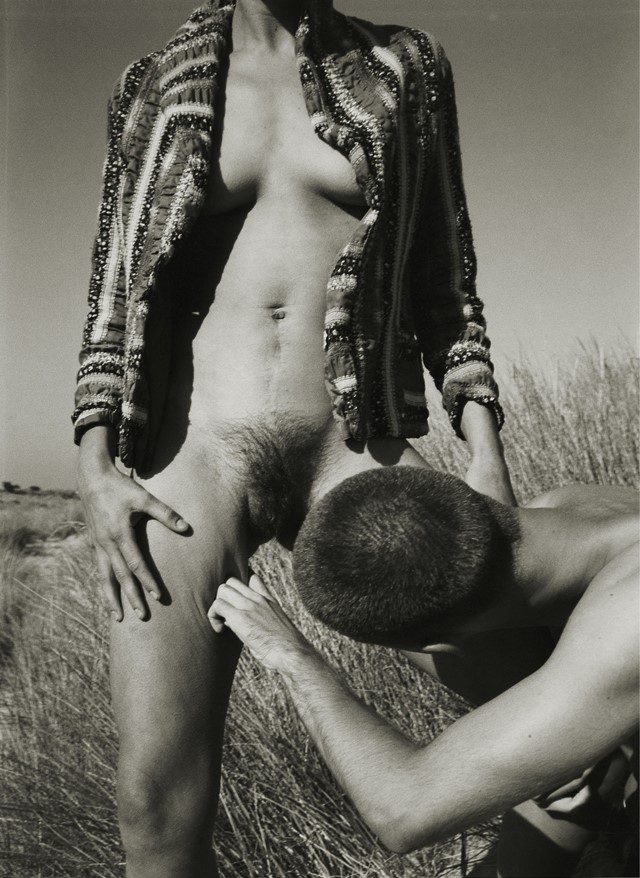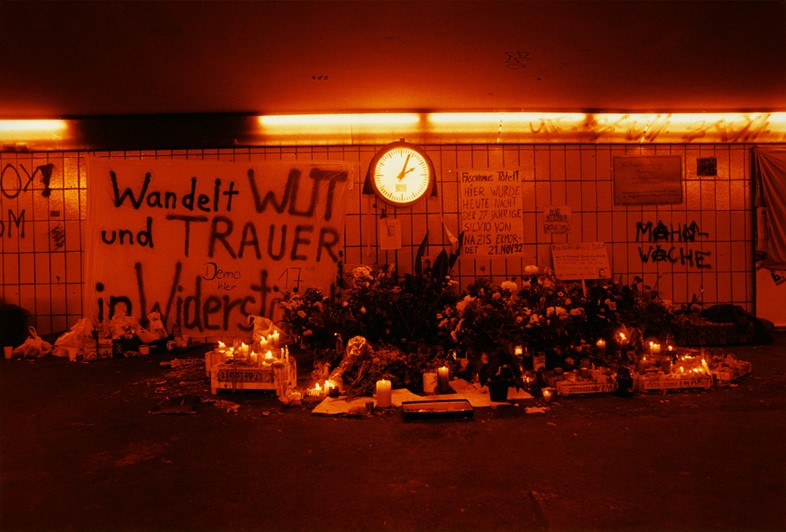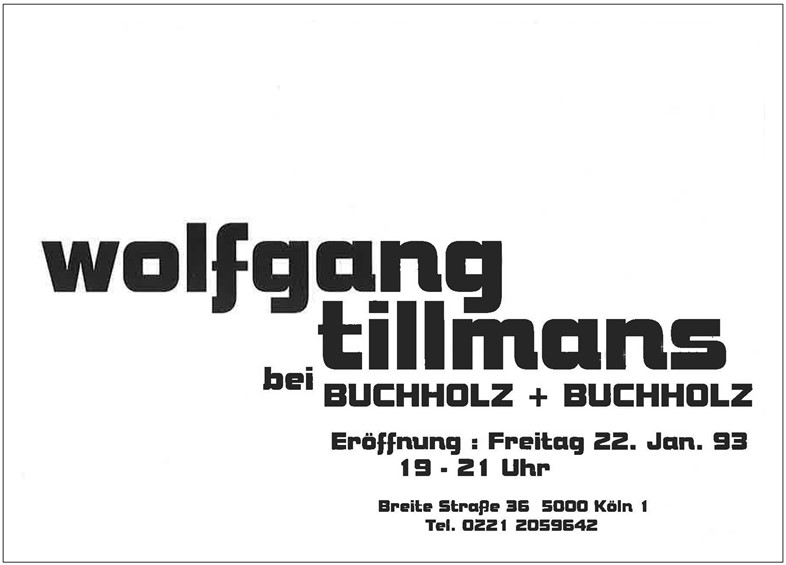Over and above showcasing the most exciting and engaging artists making work in the world today, Frieze Art Fair 2016 also presents a unique opportunity to step into some of the most groundbreaking exhibitions ever to have taken the art industry by storm – even if said exhibitions took place 23 years ago. This year a brand new Nicolas Trembley-curated section, entitled The Nineties, recreates 14 such shows, from Michael Landy’s 1990 Market, to Christian Nagel’s 1992 show Wohnzimmer/Büro. One such event which irrevocably changed the landscape of art forever after: Wolfgang Tillmans’ very first exhibition, which took place in the snug exhibition space set up by gallerist Daniel Buchholz behind his father’s antiquarian bookstore.
Western Germany was a drastically different place in the early 1990s to what it is now. Europe had been struck hard by an economic downturn, and as the new millennium crept into view, a whole world of unknowable ideas wandered steadily closer. Tillmans was nothing if not instrumental in that. His inaugural show was undeniably modest, taking place in the intimate Buchholz & Buchholz, a three metre-squared space adjoining an old Cologne bookshop run by the gallerist's father.
Never has that oft-repeated mantra that “the medium is the message” been more true. In lieu of large, framed photographs which would have completely dominated the restricted space, Tillmans pinned and taped glossy prints to the wall alongside magazine spreads and tear-outs, creating a democratic and comprehensive display of his work, both personal and otherwise. The intention was to demonstrate that the photographer viewed his editorial shoots for fashion magazines on a par with his non-commercial work – a seemingly simple trick, but an impactful one. By employing such a method, Tillmans defied the established hierarchical hanging systems preferred by galleries and museum, in favour of a revolutionary and egalitarian new concept.
The tiny white-walled cavern demanded close proximity – a tool which was to make Tillmans’ curation within it all the more impactful – and guests in it were struck by the DIY sensibility with which magic tape affixed images to the walls. Tillmans, for his part, was unaware of the resonance he was to have on the industry. “I guess you’re never aware at the time that it might be something important,” he has said since.
23 years on, to see such a show painstakingly recreated in the midst of Frieze's gargantuan marquee in Regent's Park only further emphasizes the stratospheric rise the artist has seen since – not least because of Tillmans' own tall stature standing in the cramped space. Furthermore, it can't help but provoke the question: in 23 more years, which shows might we be recreating for the purposes of nostalgia and celebration?
Frieze London runs until October 9 2016.
